Tips for improving sentence writing and grammar
May 29th, 2009When I am working with a student who needs help learning how to write a sentence, to improve his sentence writing or to improve his grammar the first thing I do is pull out my Sentence Zone game. This is because it is a hands on game with color-coded cards. Their retention of what I’m teaching will automatically be 25% better. (Brain research by Laura Erlauer states color enhances memory retention by 25%.)
Remember, I work with students from 1st grade through adults. Some have been identified with dyslexia, or a learning disability. Some of my students are falling through the cracks. Some are even gifted. Even my wiggly ADHD students do well with it since it’s hand-on. But, it doesn’t matter. When I can improve a student’s retention with using a color coded game I’m going to do it.
I like to have my students sort out the cards so they start to get a feel for the types of words that are in each category. For instance, they might not realize that the word about is an adverb. When they initially sort out the word cards by color, they get an idea of what types of words are in each part of speech.
Then I have them look at the cover of the box so they see how to set up the game and that the game strip is just there so they will have an easy reference point for placing the cards. It is NOT a game board, it is not used for making sentences. It is just used as a reference for placing the cards. They know they will be making their sentence in front of themselves while I make mine in front of me.
I use this game with students from 1st grade on up – even high school students and adults. With my advanced students (any age) we do more sophisticated sentences and grammar work. But, back to the basics…
My younger students soon realize they need to have a gray card (capital letter), a blue card (noun), a red card (verb), and a buff card (punctuation) in order to have a sentence.
They learn they can add adjectives, adverbs, or prepositional phrases to their base sentence to make it more interesting, but they need to only have one subject and one verb for the first round of the game.
For example, the following are all legal 1st round sentences.
The dog barks. The dog barks loudly. The dog barks loudly at the park.
When a student makes a 3-word sentence I often start asking questions to encourage them to make more interesting sentences. This helps them to see how to improve and expand their sentence.
Example with prompts:
The dog barks.
(What kind of dog is he? Let’s use these adjective cards to find out. How does he bark? Let’s use an adverb to tell us how.)
The big dog barks loudly.
(What color is the dog? Use another adjective to tell us. Where does he bark? Use a preposition, article, and a noun to tell us.)
The big brown dog barks loudly at the park.
This type of conversation helps to equalize the game with more proficient learners and helps that younger student to become proficient more quickly.
(Sometimes making funny sentences makes the game even more fun and sentence writing is no longer work.)
The long hairy dog barks loudly at the tiny ant.
Then the magic happens! I have my students go to their bookwork where they are supposed to underline the subject once and verb twice. Instead I have them use colored pencils (blue and red) and underline their subjects with the blue pencil and underline the verb with the red pencil. (They are able to identify the subjects and verbs more readily because they have been playing with blue nouns and red verbs.)
Nouns and verbs start to almost jump out at them as a result of playing the game. Additionally, they are much better at not confusing the assignment. For example, when the assignment was to underline the subject one and verb twice, I can’t tell you how many times my students used to underline the subjects twice and the verbs once. They say to me, “Well, I underlined them, what more do you want?”
When I have them use a colored pencil it takes that away and impresses on their brains which word is the noun (subject) and which is the verb. We even color code whole sentences according to the colors in The Sentence Zone, identifying the prepositional phrases or dependent and independent clauses.
I find that students who are just beginning to write sentences soon find that they can write more interesting sentences after playing the game because they start to make sentences that are worth more points. They often compete against themselves, keeping a running tally from turn to turn or day to day.
Also, when a student has a writing assignment and his sentences are all about the same length, I just have to say, “You need to have some small point sentences and some big point sentences to be a good writer. Remember, good writers vary the length and type of sentences they write.” They know what I’m talking about because they have seen small point sentences and big point sentences.
Students who are proficient with basic sentences start to learn more complex grammar nuances such as subject – verb agreement, or needing to compose a sentence with a direct object and an indirect object in it etc. In fact I also use it for SAT prep.
Hope this gives you some new ideas for teaching and improving sentence writing and grammar. Learn more about The Sentence Zone.
Bonnie Terry, M. Ed., BCET















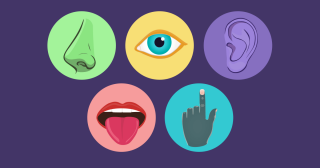




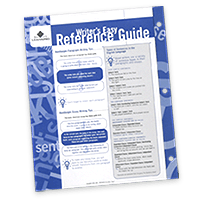

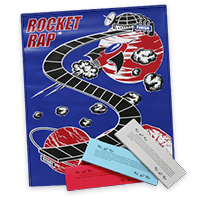

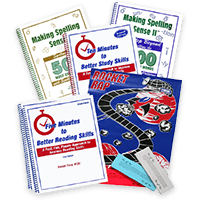
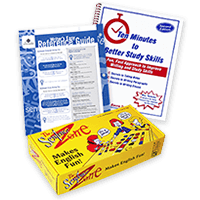











Thank you for getting me unstuck.
Glad I could be of help!